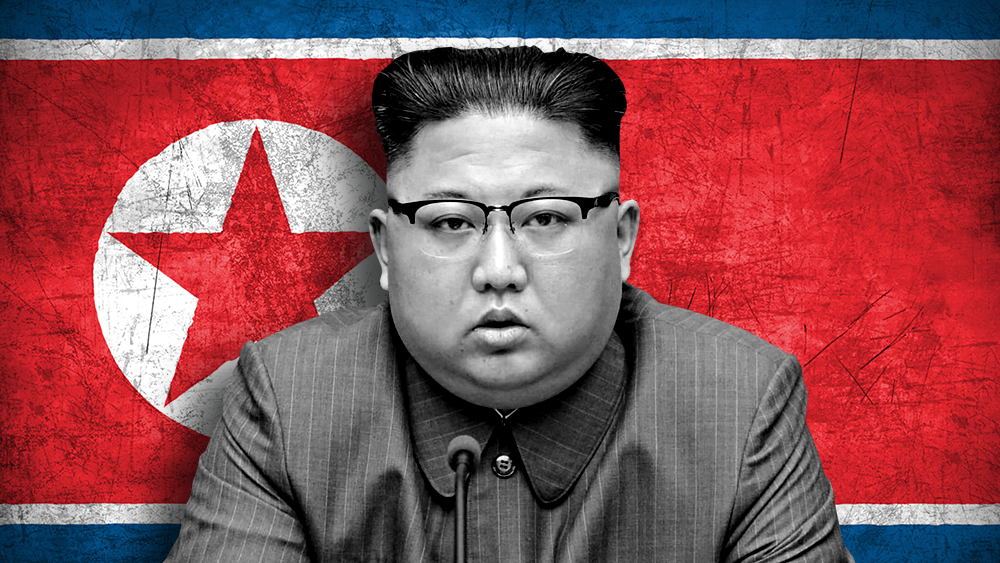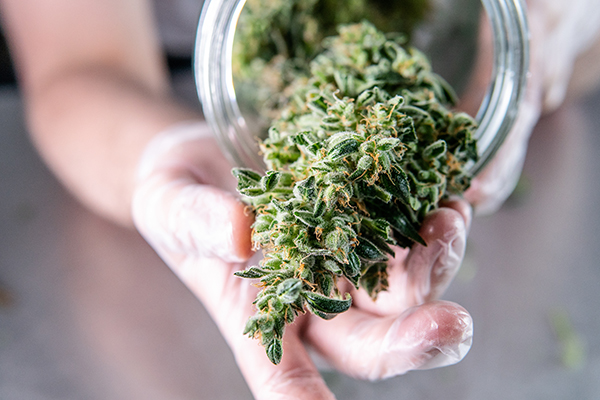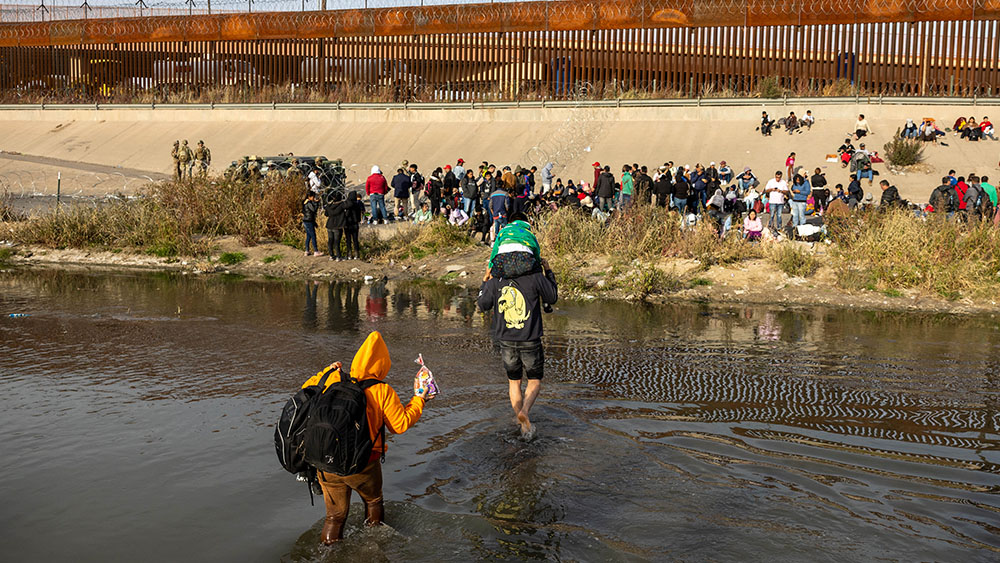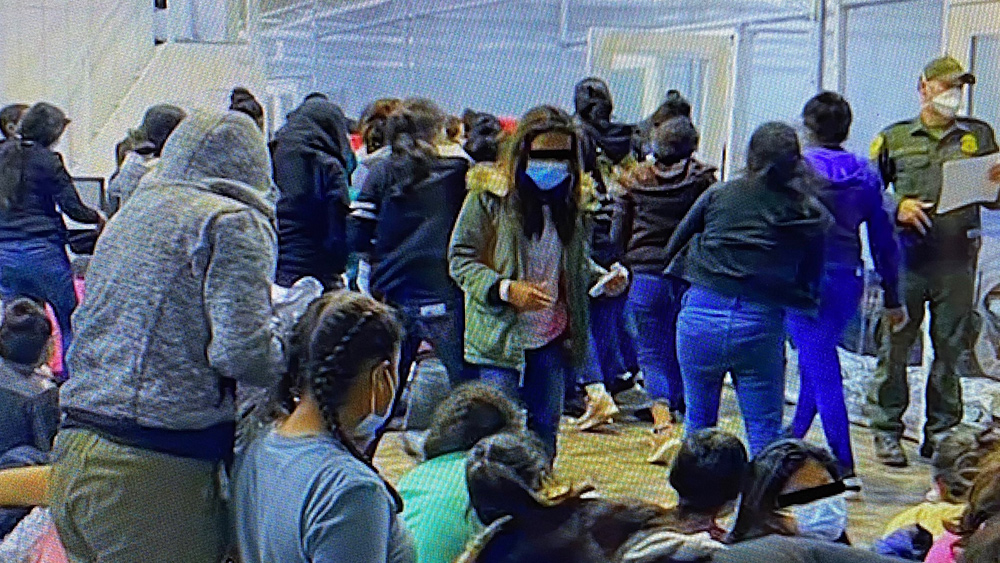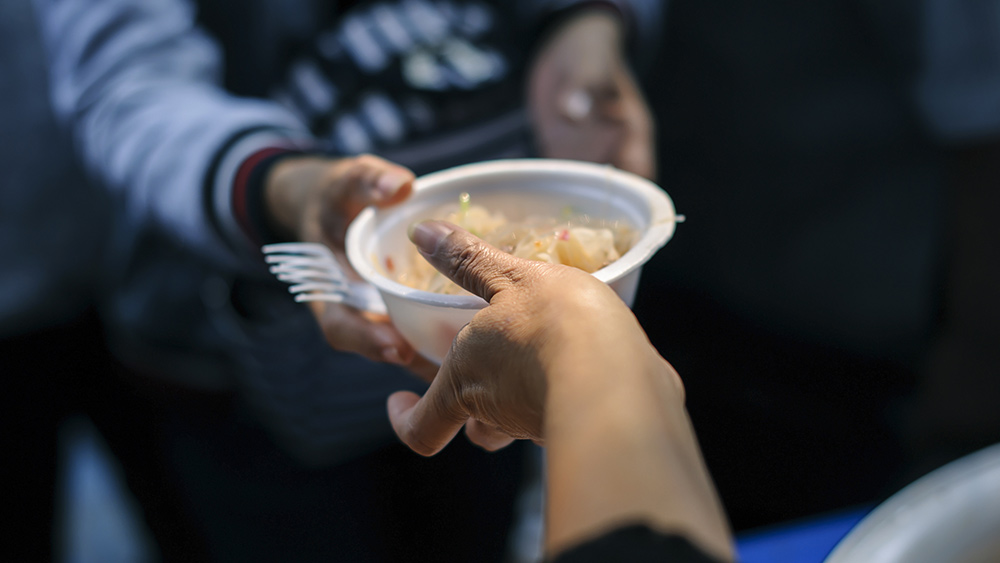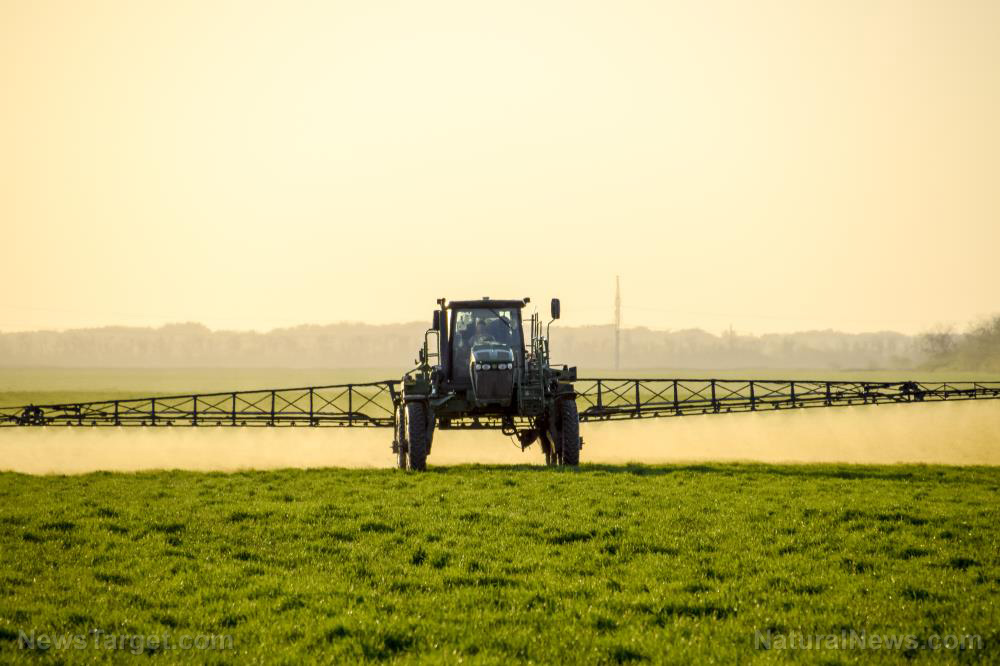Healthcare workers near new Colorado bat lab given Ebola vaccine with a high shedding rate – is another pandemic being deliberately invoked?
01/23/2024 / By Cassie B.
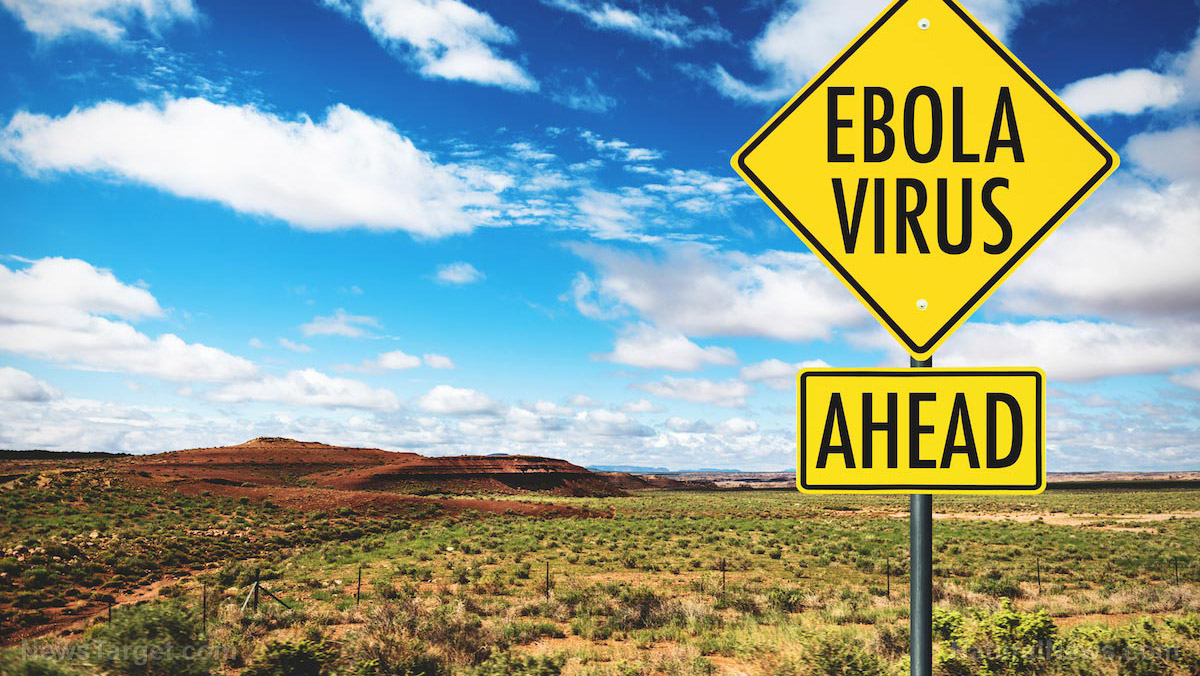
A group of healthcare workers at a Colorado facility were given a new, live Ebola vaccine for “preventive measures in case of a future outbreak,” and the timing and location of the experiment are both raising alarm bells.
The employees who received the Merck ERVEBO jab in November work at the Regional Emerging Special Pathogen Treatment Center, part of Denver North.
Dr. Maria Frank, who received the jab, said: “Even though there are no current outbreaks in the world, we want to make sure that people have the chance to be protected in case we need to take care of a patient that has a disease with a mortality potentially of 70 percent.”
Just north of the facility in Fort Collins, a new $12 million lab is being built that will import bats from around the world for experimentation on a range of potentially deadly diseases, including Ebola. It is slated to be a biosafety level 2 (BSL-2) lab, which means it can work with pathogens linked to human diseases posing a health hazard, such as HIV, salmonella and hepatitis. It is expected to open in September of 2025.
As if that weren’t enough cause for concern on its own, the lab is being funded by EcoHealth Alliance, which was also involved with the Wuhan Institute of Virology where COVID-19 is believed to have originated. Other parties that are a part of the collaboration behind the lab include the National Institutes of Health’s National Institute of Allergy and Infectious Diseases (NIAID), which used to be run by Dr. Anthony Fauci, and Colorado State University.
In proposals for the facility, which is expected to be around 14,000 square feet, there are indications that the lab intends to store and study pathogens such as COVID-19 and Nipah virus, in addition to Ebola.
The researchers behind the lab have said that it will enhance the U.S.’s “ability to study the role of bats in disease transmission and help us become even stronger in researching emerging zoonotic pathogens.”
Vaccine insert acknowledges it has a high shedding rate
While any untested vaccine is cause for concern, as the COVID-19 vaccine disaster clearly illustrated, the ERVEBO vaccine stands out for its remarkably high shedding rate, which means that those who spend time around people who were recently vaccinated could well end up contracting the very illness it claims to prevent.
The package insert for the vaccine from the U.S. Food and Drug Administration admits that ERVEBO sheds onto other people at a rate of 31.7 percent for as long as 20 days after vaccination. It is absolutely appalling that anyone views this rate as acceptable and would allow people who have received the vaccine to enter the community during the shedding window.
The insert notes: “Vaccine virus RNA has been detected in blood, saliva, urine, and fluid from skin vesicles of vaccinated individuals.”
It adds: “In Study 6, 31.7 percent (19/60) of participants 12 months through 17 years of age enrolled in a substudy shed vaccine virus in saliva following vaccination.”
Journalist Jon Fleetwood points out that this could explain why a number of Ebola outbreaks that hit Africa from 2016 to 2022 took place following vaccination campaigns in the areas affected.
Does this mean that Colorado could well be the site of the next big Ebola outbreak as those who were exposed to the people who got the jab develop the illness and spread it to others around the U.S. and possibly the world? If history tells us anything, it’s that this is a very real – and very scary – possibility.
Sources for this article include:
Submit a correction >>
Tagged Under:
bat lab, big government, Big Pharma, biological warfare, biological weapon, bioterrorism, biowar, conspiracy, ebola, EcoHealth Alliance, Ervebo, infections, Merck, national security, outbreak, pandemic, pharmaceutical fraud, plague, research, science deception, science fraud, shedding, vaccine wars, vaccines
This article may contain statements that reflect the opinion of the author
RECENT NEWS & ARTICLES
COPYRIGHT © 2017 NATIONAL SECURITY NEWS









